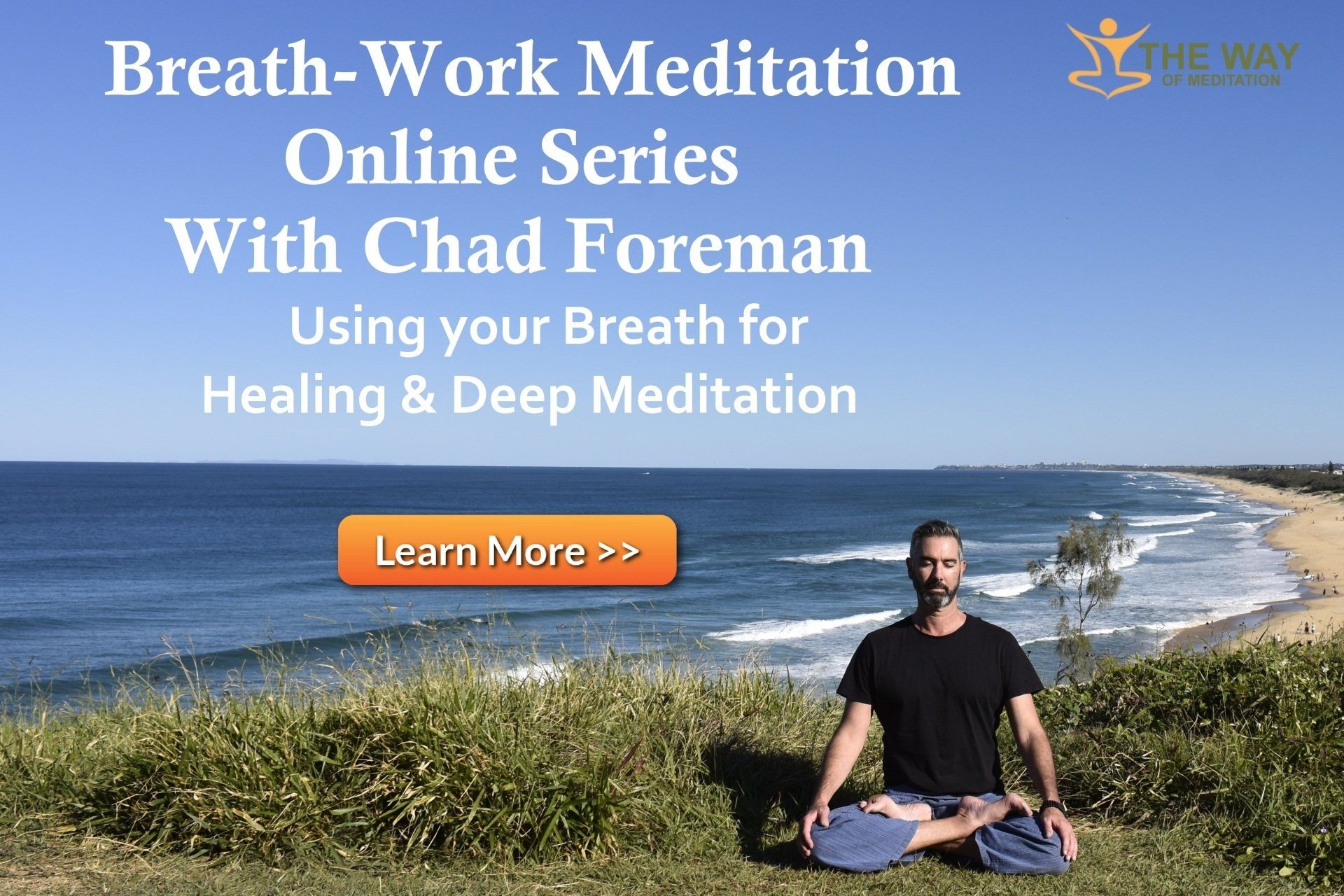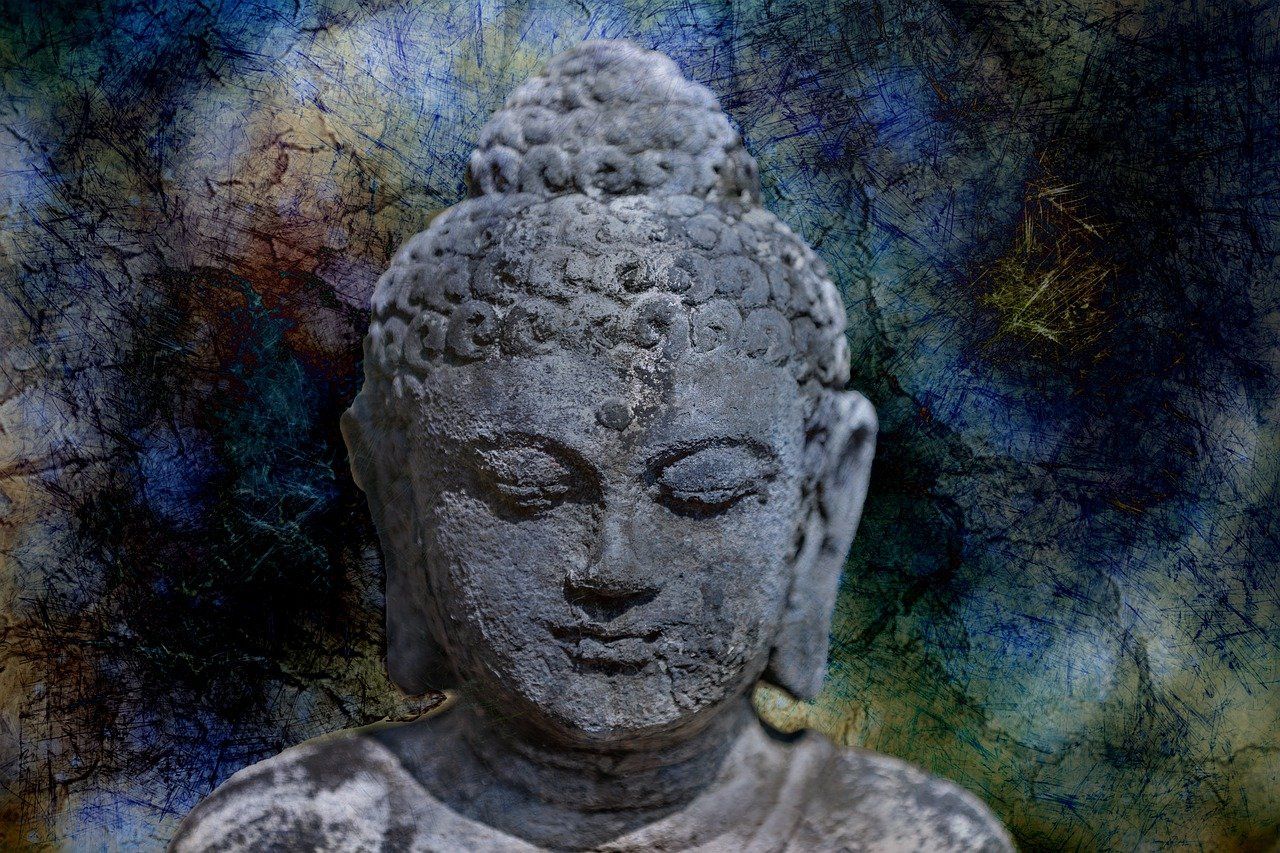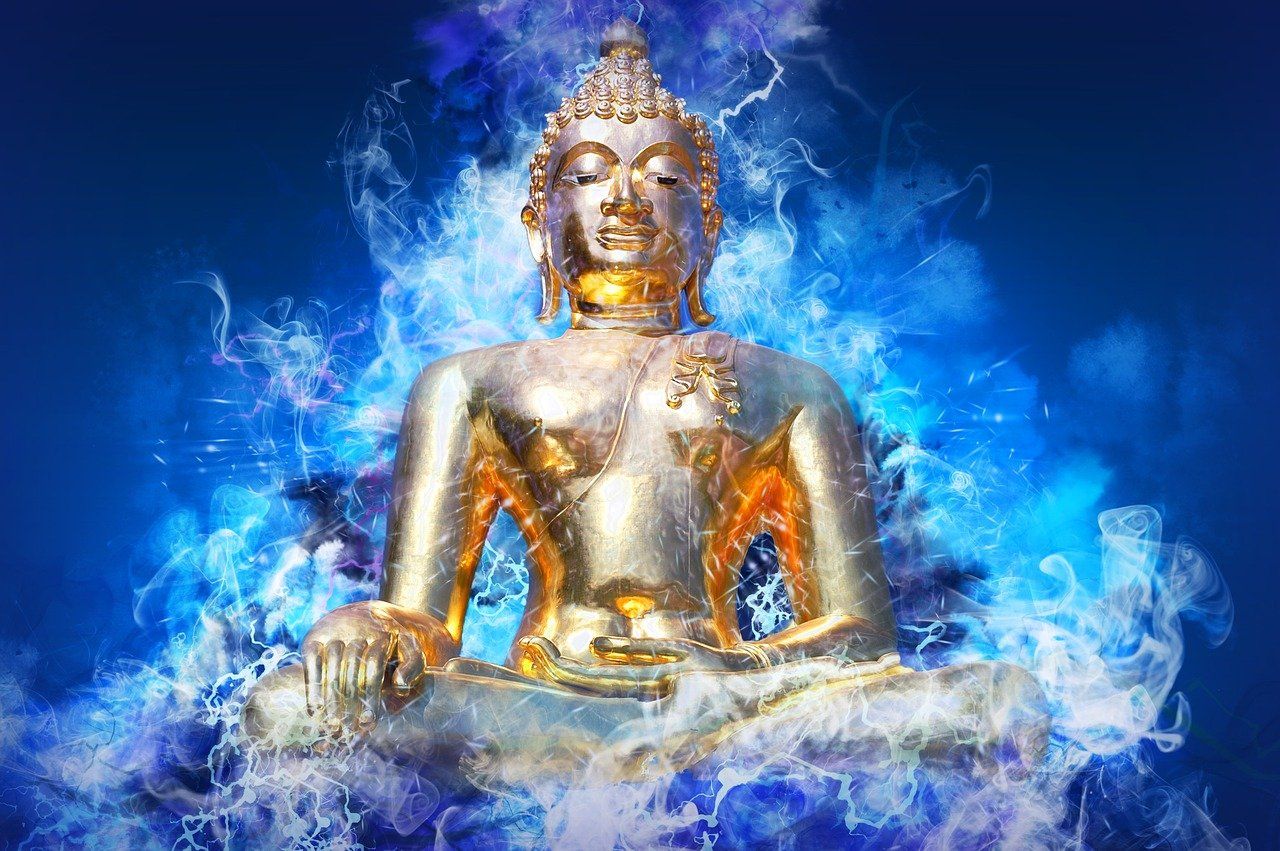Why Moving Closer To Fear Is The Path To Freedom And Well Being
Teachings from the Buddhist Path and Contemporary Psychotherapy
Unexplored fear can isolate and separate us from life and from support
There are typically two default mechanisms humans use to manage fear. On one end of the spectrum is the avoidant strategy. Here, fear is pushed away, hidden, ignored and suppressed. In our western culture, we have become so acutely accustomed to a myriad of numbing behaviours. These are designed to avoid feeling any discomfort, particularly the intensity of fear and pain. Drugs, alcohol, work, excessive busyness, social media and sex are the usual suspects here. On the other end of the spectrum, there is a collapse and spiraling into the deep pit of fear, allowing it to consume and carry us through its dark and stormy seas. In other words, we over identify and fuse with fear, rather than seeing it as a difficult passing emotion.
In both scenarios, the very thing that fear needs is withheld. It appears that what fear requires most is acceptance and empathy. Acceptance offers us the freedom we ultimately seek. The first noble truth in Buddhist teaching is that life is suffering. When we come to accept this, the struggle subsides.
So how do we break these painful cycles of fear, shame and unworthiness?
Acknowledging our own suffering and cultivating empathy towards ourselves is the antidote to our pain according to Psychologist Tara Brach. Buddhist Teacher Pema Chödrön takes this approach further and encourages us to adopt a strategy that embraces the Warrior within. This paradoxical approach asks us to step in to the very centre of the pain with an attitude of bravery and compassion towards our suffering self. She notes that “Compassion practice is daring. It involves learning to relax and allow ourselves to move gently toward what scares us”. It is a method that incorporates bravery to face what terrifies us whilst at the same time holding ourselves in deep and sincere loving kindness and compassion. “Discovering fearlessness comes from working with the softness of the human heart” advises Chögyam Trungpa, the Tibetan Buddhist Master.
Ancient wisdom traditions offer us the skills to move towards what we often avoid
In the ancient Buddhist wisdom tradition, it is taught that our emotions are not the problem, rather, it is our relationship to our emotions that makes them problematic and intensifies our suffering. (This view is echoed in many contemporary Psycho-therapeutic approaches such as Gestalt and Acceptance and Commitment Therapy (ACT)). In this approach, a middle path is offered as a more skilful means in relating to our feelings of fear. On this path, the emphasis is on finding the balance within the extremes of avoidance and over identification. Pema Chödrön refers to this as “holding our seat” in the heart of the difficulty.
Healing is “to turn towards that which is injured” according to Buddhist Teacher and writer, Jack Kornfield. “The invitation of healing, is to feel this great energy of repair and life and let it move through us” he adds.
What is essential in such an approach is to move closer to the core of ourselves – our vulnerability. The contemporary poet David White writes extensively on the power of embracing our vulnerability to overcome our deepest suffering. “Vulnerability” he offers “is the underlying, ever present and abiding under-current of our natural state. To run from vulnerability is to run from the essence of our nature.”
Psychotherapy is a powerful companion to Buddhist wisdom
Much like in the Buddhist teachings, calling in the spirit of courage and self-compassion serves as a powerful resource in the tender work of healing our wounds. In addition, Psychotherapy utilises the power of the therapeutic relationship to generate what is often referred in therapy as an ‘emotionally corrective experience’. Through ‘Therapeutic Presence’, clients experience the healing shift of being truly witnessed and held in compassion as they bravely face their own fears and shadows.
Assisting clients to engage more skillfully and compassionately with their inner emotional world is at the heart of the tender work that I offer in my practice. This involves deconstructing and relearning what may be a lifetime of internalised ‘unhelpful messages’ from parents, caregivers, teachers and society about fear. Males in particular, tend to be socialised to experience being shut down, shunned and dismissed for experiencing fear. A common coping mechanism is to adapt by burying fear or transferring it into anger. The collateral damage here is that feelings of shame tend to arise along with fear and vulnerability. Shame, after all is a powerful inhibitor.
Your conditioning can be reversed and rewired in the safety of the therapeutic relationship
Here, the therapist can “hold space” for the difficult feelings of fear and shame in a compassionate and non-judgemental manner. An essential exchange occurs when a caregiver or therapist can do this. It is referred to as “being with” in Attachment Theory and is a critical interpersonal communication that rewires the brain in the direction of self-care and self-acceptance.
An additional strategy to calm or regulate fear is to identify and name the feeling. “Name it to tame it”, as Psychiatrist Dan Siegel points out, reduces the intensity of the feelings through a clever system in our brain circuitry that switches off the stress brain. Dan Siegel also highlights the importance of story-telling as a way to organise our feelings and make sense of them. Psychotherapy offers another useful strategy where clients author a healing story for themselves using a creative process such as the use of symbols.
In this process, the picture (the current experience) as it stands is created by clients. It offers an opportunity to bear witness to and observe what is often an internal and hidden process. The client is then encouraged to create a healing picture that is connected with support. In this process clients are empowered by finding their own creative solutions. Pathways (both literally and as well as neurologically) to resources are created where order and structure replaces chaos and fragmentation.
A case example: The story of Jessica
The client Jessica, participating in this process chose a rock that represented fear and a bag representing shame to hide the fear. The dolls were potential support for the fear but were not aware of the need of support given it was hidden. The overriding experience was shame, suffering, isolation and disconnection. In the healing picture, the rock was placed on the bag which now provided a nest and although it felt exposed and vulnerable, it was able to be seen and heard.
The support was now able to access fear in its raw form and move closer for contact, comfort and reassurance. In this way, Jessica was able to create the “nest of safety” that she came to Therapy to find. The insights gleaned from this process were potent for her as she came to understand the need for her to connect with her own vulnerability in a kind and non – judgemental attitude. Only then can external support be accessed without the burden of shame. This realisation allowed a deep and embodied sense of safety, release and freedom for Jessica.
Written by Sabine Schroeder
Original article @
Empatherapies
Sabine is a Counsellor, Psychotherapist and Founder of Empatherapies. Her therapeutic style draws on her studies in Psychology, various Psychotherapy Training and Eastern Wellness traditions such as Buddhism and Yoga. Sabine believes this path has chosen her and being a Psychotherapist is her life’s work. "It is an honour to assist clients in their healing journeys." - learn more and book
HERE
Get A FREE
Guided Meditation Series
with Chad Foreman













